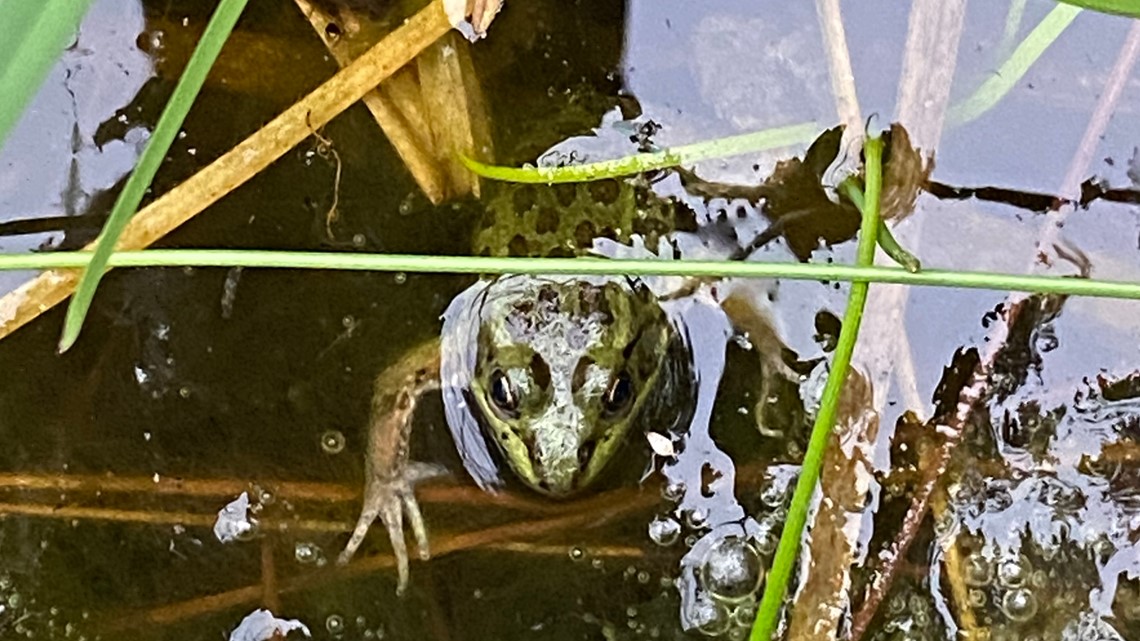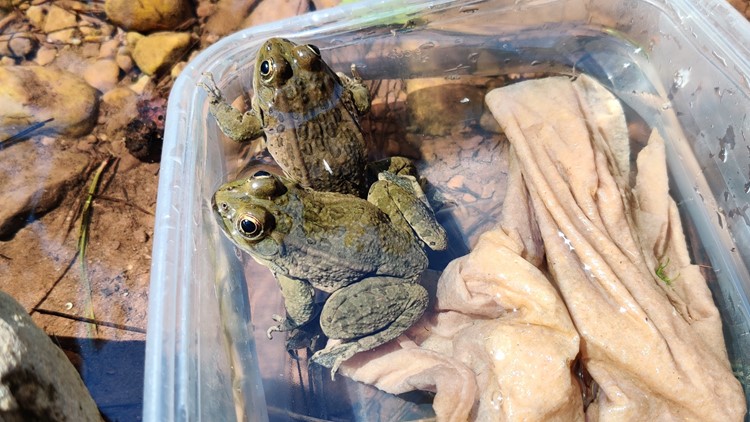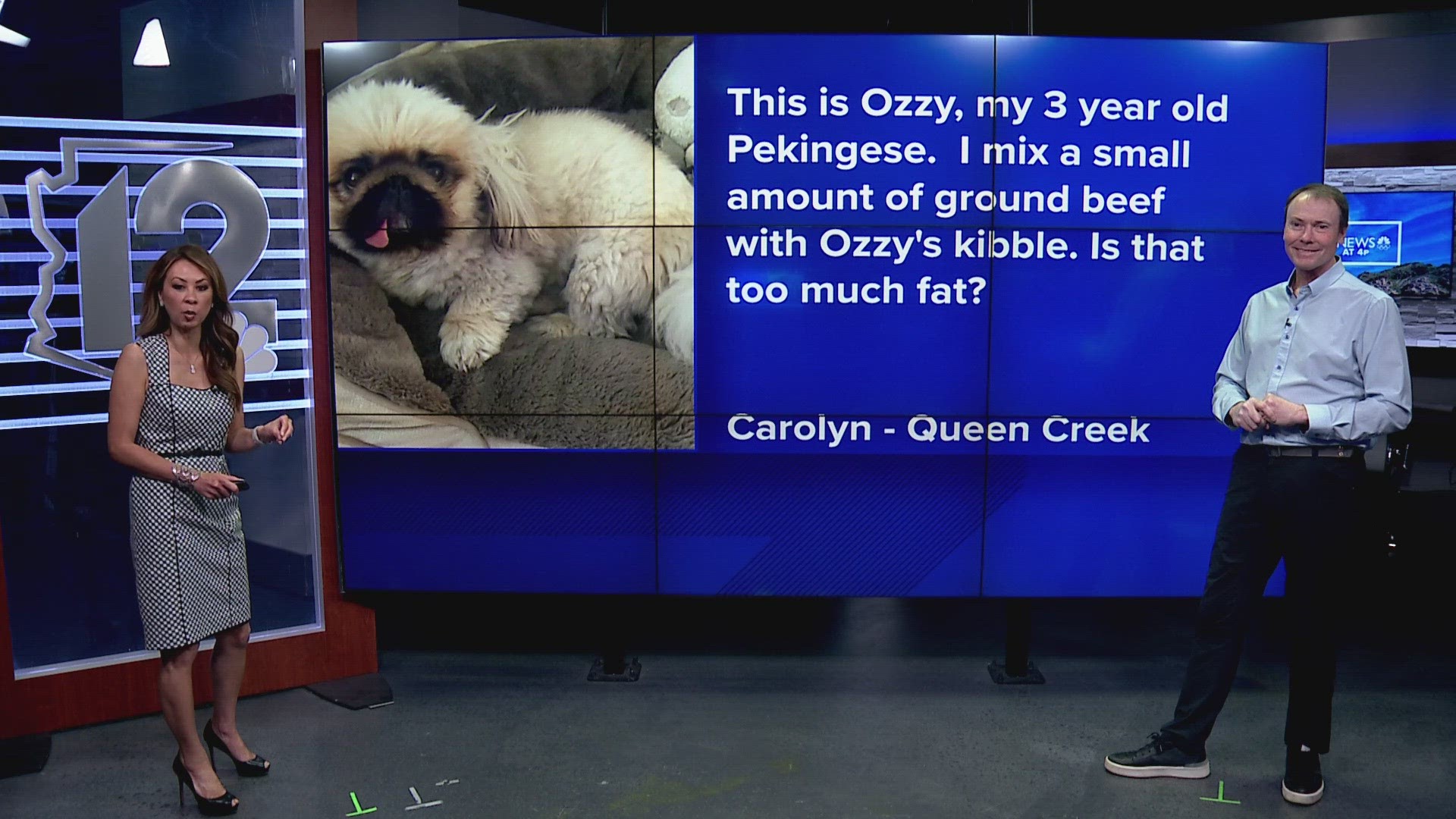ARIZONA, USA — The Phoenix Zoo and other wildlife agencies in the state are celebrating 25 years of their effort to conserve the population of a threatened southwestern frog.
The conservation effort for the Chiricahua leopard frog population in Arizona began in 1995 when the species numbers declined around 80%. The frog has been considered "threatened" in Arizona since 2002, the Phoenix Zoo said in a news release. The reason for their decline is reportedly due to loss of habitat, disease, and competition from and predation by non-native species.
The program has released over 26,000 tadpoles into Arizona's wild since the project began.
"Our job is to provide healthy, robust egg masses, tadpoles and frogs to reintroduce frogs across their native range in Arizona," Arizona Center for Nature Conservation and Phoenix Zoo President and CEO Bert Castro said in a news release. "We love being part of this collaboration and celebrate this milestone moment as we demonstrate our ongoing commitment to the conservation of native wildlife."


The Phoenix Zoo has been leading the project and is partnered with the Arizona Center for Nature Conservation, Arizona Game and Fish Department, United States Fish and Wildlife Service, and United States Forest Service.
One of the difficulties with conserving this frog population is that only 10% of all frog eggs laid in the wild are thought to survive to adulthood. The Zoo reportedly helps mitigate that by “head-starting” wild egg masses, by raising egg masses laid by adult frogs living at the Zoo’s Johnson Conservation Center.
“Ultimately, we’d like to be put out of the leopard frog head-starting business, because that would mean we’ve achieved our goal of having self-sustaining populations of Chiricahua leopard frogs throughout their range,” Castro said.
"As long as we’re needed, we are committed to being a part of this important recovery effort.”





